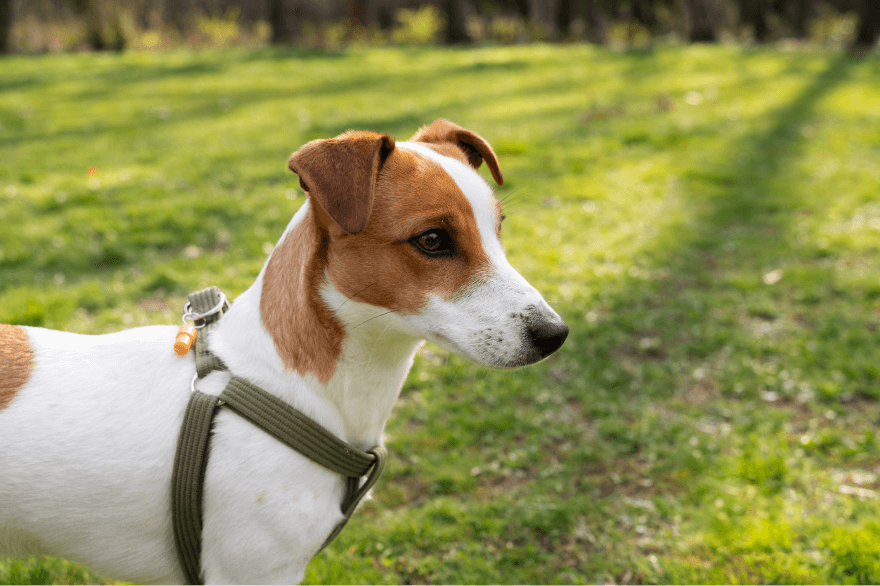Pet Care
How to Select the Perfect Collar for the Pet
As a pet owner you have surely realized that picking the right collar for your pet is somewhat of a task. Pet collars are not just stylish accessories, they are crucial tools in ensuring your pet is secure, and they can help tell a lot about your pet's personality too. Still, given the vast choices available for consumers, the process of selecting that perfect pet collar may become a tad overwhelming.
Don’t worry! I’ve got you covered. In this ultimate guide, you will find information about the types of collars for dogs and cats, what they are made of, and what you should know about size and comfort. Let’s dive in!
1. Why Your Pet’s Collar Matters
First things first: why is a collar so important? Beyond making your pet look presentable, the collar serves functional purposes. It holds your pet’s ID tags, which are incredibly useful if your dog or cat goes missing. A good collar also has a loop for attaching a leash for walking or other outdoor activities.
The right collar should be comfortable, durable, and well-fitted to avoid discomfort or harm. Too loose, and it may fall off; too tight, and it could cause irritation or injury. Balance is key!
2. Types of Pet Collars
There are no one-size-fits-all collars. Different pets and situations require different types. Here’s a breakdown of the main types of collars:
Flat Collars
These are the standard collars most commonly used for both dogs and cats. They are basic, with a buckle or snap release fastening, and come in various materials like nylon, leather, and hemp. You can attach an ID tag and a leash, making them ideal for daily use.
Best For: Most pets for everyday wear.
Breakaway Collars
If you’re a cat owner, breakaway collars are a great option. They’re designed to release if your cat gets caught on something, preventing them from getting stuck. These collars are perfect for safety, but not for walking your pet.
Best For: Cats, especially those that go outdoors.
Martingale Collars
Martingale collars are designed for dogs that tend to slip out of regular collars, such as greyhounds. These collars tighten slightly when pulled, but not enough to choke your pet. They offer more control without being too harsh.
Best For: Dogs that slip out of regular collars or for training purposes.
Harnesses
Though not technically a collar, harnesses are a popular alternative, especially for dogs that pull on the leash or have breathing issues. Harnesses distribute pressure across the body rather than the neck, which is especially beneficial for smaller breeds or dogs prone to tracheal issues.
Best For: Dogs that pull on walks or have breathing problems.
Head Collars
Head collars are used for training strong pullers. They fit around the dog's head, giving you control over the direction they face. These are typically for training purposes and should not be used for everyday wear.
Best For: Training dogs that pull excessively during walks.
3. Materials Matter
The material of your pet’s collar is just as important as the type. Here are the most common options:
Nylon
Nylon collars are durable, affordable, and available in a variety of colors and patterns. They’re easy to clean and perfect for pets that don’t have sensitive skin.
Best For: Everyday use, especially for active pets.
Leather
Leather collars are more stylish and tend to last longer, becoming softer with time. However, they require regular care to avoid cracking.
Best For: Pets with sensitive skin or owners looking for a more elegant option.
Hemp
Hemp collars are eco-friendly, soft, and durable. They’re great for pets with skin sensitivities and are biodegradable, so you’re also helping the environment!
Best For: Eco-conscious owners and pets with sensitive skin.
Reflective/Glow-in-the-Dark
If you walk your pet at night or in low-light conditions, a reflective or glow-in-the-dark collar is a smart choice. It adds an extra layer of safety, making your pet more visible to others.
Best For: Nighttime or early morning walks.
4. Getting the Right Fit
Fit is crucial when it comes to collars. A collar that’s too tight can cause discomfort or even injury, while one that’s too loose can slip off.
The Two-Finger Rule
You should be able to fit two fingers between the collar and your pet’s neck. This ensures the collar is snug but not too tight.
Measuring for a Collar
Use a flexible tape measure to measure around your pet’s neck. If you don’t have one, use a piece of string, then measure the string against a ruler. Add an inch or two for comfort—one inch for smaller pets, two inches for larger pets.
Tip: Check the fit regularly, especially for puppies or kittens, as they grow quickly.
5. Special Features to Consider
Some collars come with added features that can make them even more perfect for your pet:
- Personalized Collars: Some collars can be personalized with your pet’s name and your phone number, which can be helpful if their ID tag falls off.
- Waterproof Collars: If your pet loves swimming, consider a waterproof collar made from biothane or coated nylon. These don’t retain that “wet dog” smell!
- Smart Collars: Tech-savvy pet owners might want to consider collars with GPS trackers or fitness monitors to keep track of their pet’s activity and location.
6. Wrapping It Up
Choosing the perfect collar for your pet doesn’t have to be overwhelming. Take your time, consider your pet’s needs, and pick a collar that fits well, feels comfortable, and matches their lifestyle. Whether you go with nylon, leather, or even a harness, the most important thing is that your pet is safe, happy, and comfortable.
Happy collar shopping!

